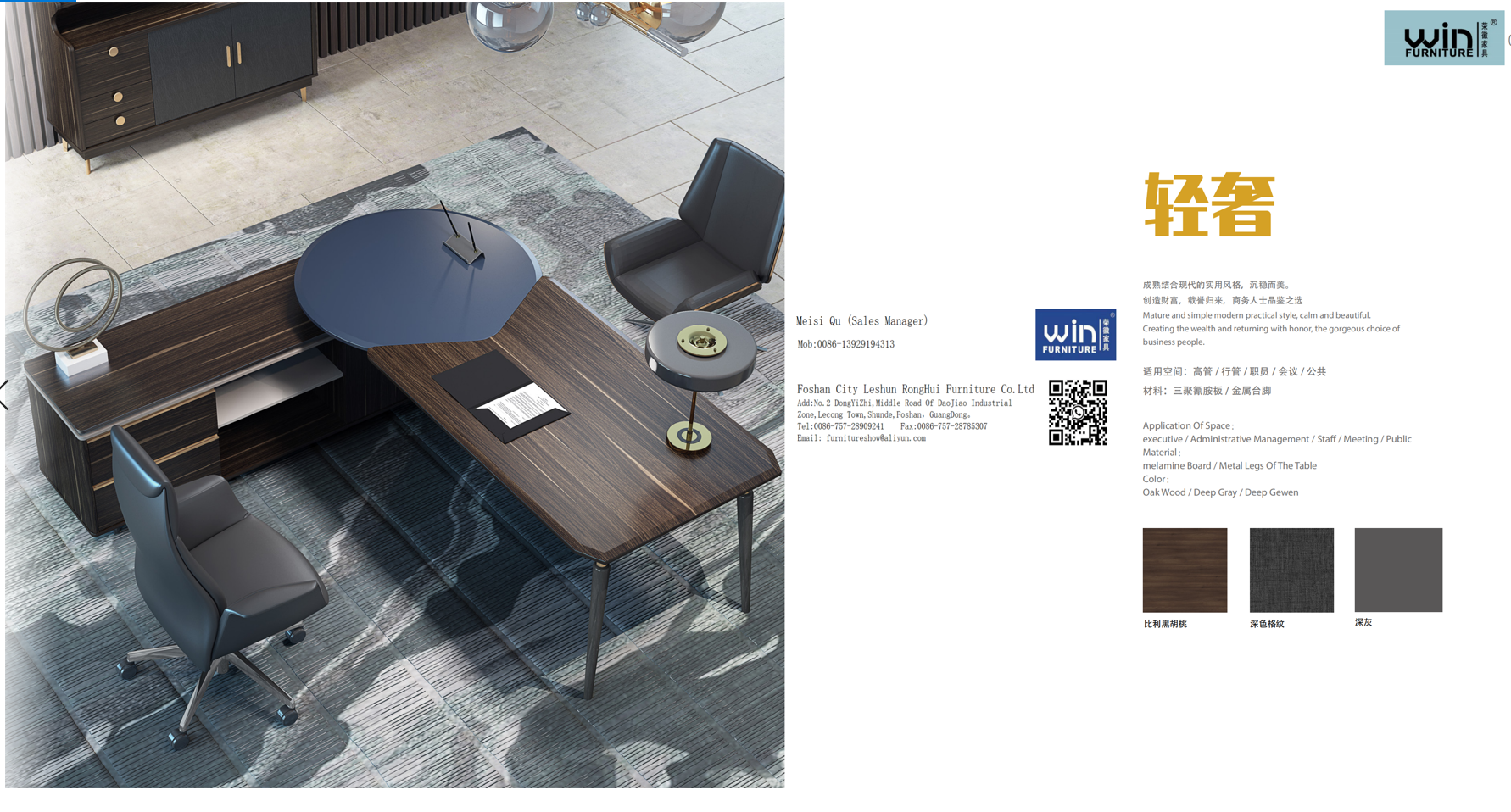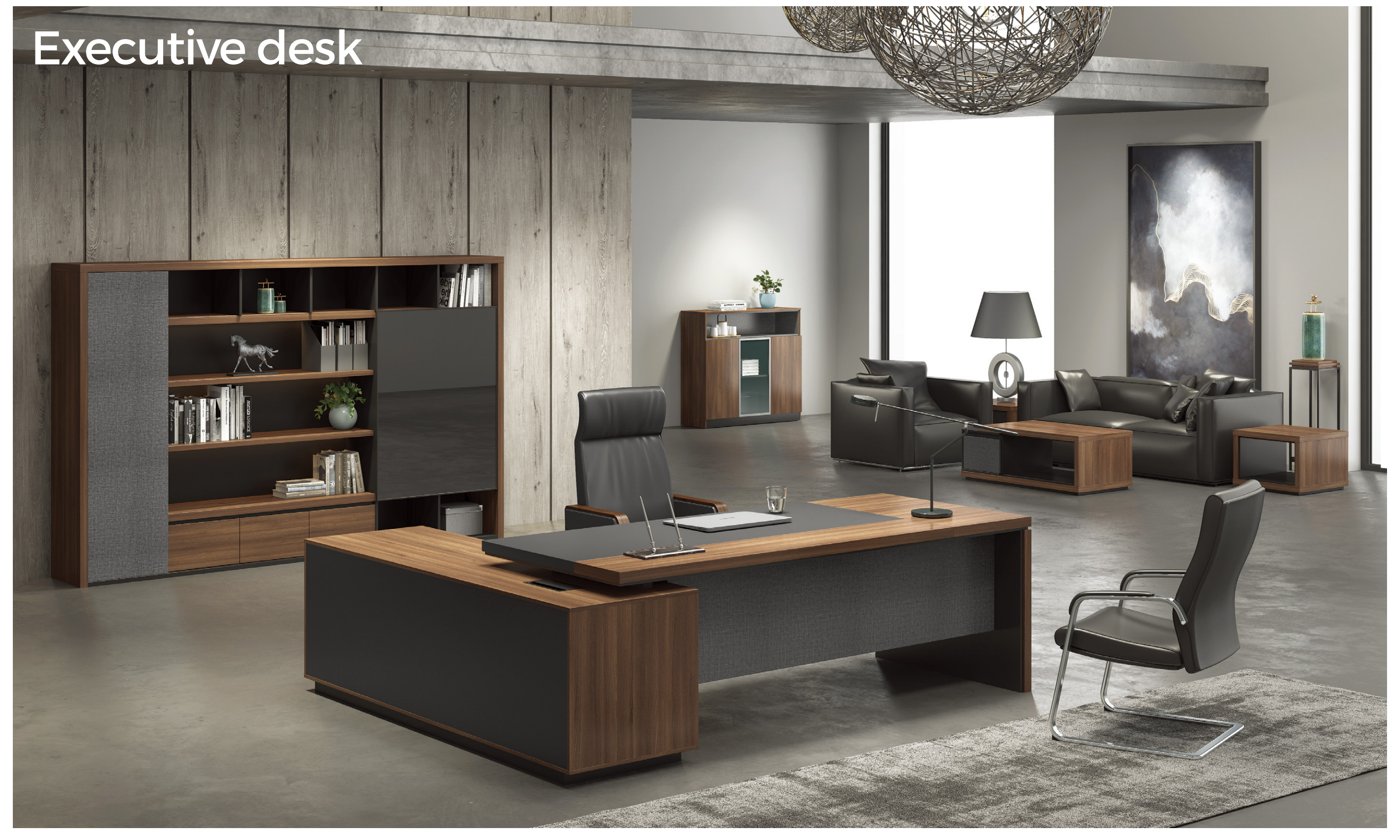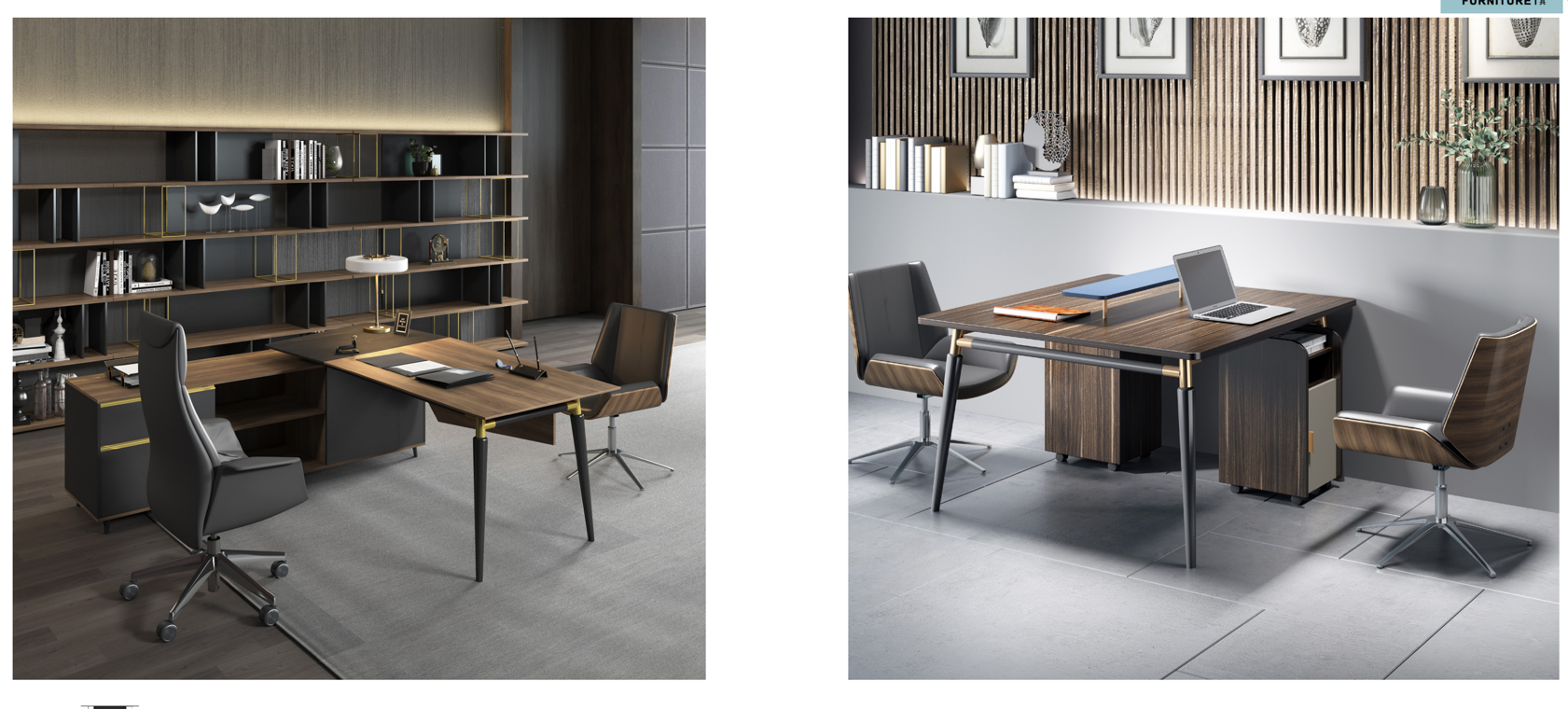Plasma Display (hereinafter referred to as PDP) is a new generation of display devices using plasma flat screen technology developed in recent years. It originated in the United States in the early 60s of the last century. The basic principle technology of PDP is different from other display systems. It uses the Matrix mode to display images. Its picture is composed of countless pixels (points). It has some special glass in the front and the back. The inert gas is injected into the pixel through the address electrode of the rear glass base layer and the transparent address electrode of the front glass base layer, and the pixel to be injected with the voltage emits ultraviolet light (Ultra Violet), causing each pixel point. The red, green, and blue primary color phosphors react accordingly to produce visible light of various colors.
Since the advent of the PDP in the 1960s, its development has been remarkable. Since the injected voltage is divided into AC AC and DC DC, the PDP is also divided into AC PDP and DC PDP. Currently, AC PDP (AC-PDP) technology has become increasingly mature and commercialized; and DC PDP (DC-PDP) technology is also evolving. Compared with AC-PDP, DC-PDP is more complicated than AC-PDP, and the cost is slightly higher than the former. Moreover, it is slightly inferior to AC-PDP in terms of brightness and lifetime efficiency, so the range of use is not as wide as the former.
The current global production of PDP manufacturers are mainly Japan's Fujitsu, NEC, Panasonic, Sony, Toshiba, Mitsubishi, Sharp, Philips in the Netherlands, Photonic, Plasma in the United States and Thomson in France. Domestic production (assembly) manufacturers have Changhong, SVA , TCL, Haier, etc. It has attracted the attention of the public in just a few years because it has the following advantages:
(1) Ultra-thin, light
Since the advent of TV sets, CRT tube technology has been the mainstream of display technology. Although CRT tubes have improved in brightness, contrast and resolution for decades, their thick and bulky characteristics have not changed. The more serious it is. A 38-inch CRT color TV is about 800mm thick and weighs 90kg. A 43-inch (4:3) rear-projection TV has a thickness of about 550mm. Compared to the same size (16:9) PDP, the thickness does not exceed 100mm. Although the 42-inch PDP weighs about 30kg, it is only a fraction of the weight of the same size CRT TV. The thickness is incomparable to other display systems except the LCD screen. Its light and thin features make it They can be hung on a wall, on the ceiling, or on a table, such as using a wall-mounted way to save space.
(2) Large screen display
When the conventional cathode ray tube CRT display reaches 40 inches (4:3), its volume and technology have reached the limit, and the PDP is easy to make a large size due to the thick film technology used, thereby providing a larger picture, and the LCD display is thin and light. However, it uses thin film technology and is relatively difficult to make larger than 30 inches. It can be said that the large-screen display area of ​​more than 42 inches is the world of PDP, and the current PDP technology can exceed 80 inches, which of course depends on market demand.
(3) Brightness balance
The traditional CRT display uses the scanning method to generate images (that is, only a part of the position of the picture is illuminated at the same time, from top to bottom, from left to right). Since the electron gun scans the picture at the center and the corners, there are different distances, so the CRT There is a difference between the brightness of the center of the screen and the brightness of the corners. Although the front projector can also obtain a large picture, the quality of the image is often limited by the light of the scene, and it is difficult to play the image quality in a bright environment. Since all the pixels in the PDP are "dot" at the same time, the brightness of each part of the picture is very average, and there is no electron beam, backlight and optical polarization. The edge of the picture is very clear and bright, even if it is on The picture is also very clear in the very bright environment, which is very suitable for public information such as conference rooms, airports and other display needs. At this point, both the projector and the CRT color display are not its opponents.
Office Table executive desk office workstation
We are the Office Furniture manufacturers in China and can provide you with professional office furniture. A variety of different styles are available.
Quick Details
General Use:Office Furniture
Application: Office, Living Room, Hotel, Office Building,Apartment, Hospital, School, Mall, etc.
Design Style:Modern
Material:Wooden
Wood Style:Melamine Board
Place of Origin:China
Style:Morden
FEATURE:ADJUSTABLE
Certificate:ISO9001
Design: SIMPLE DESIGN
APPEARANCE:FASHION
Conference table combination, easy office, a variety of styles to choose.

Classic and many optional, simple and fashionable and more durable.

 Our company is engaged in foreign-related business, cooperative production, export and other forms of business, mainly engaged in office furniture, living room furniture, hotel furniture, etc. Because the custom furniture pays attention to the combination of practical application and art. We will, as always, fight for a better future! Today, as our business grows, we have good standing in Spain, Turkey, Poland, Germany, Italy, Russia and Australia. Great to see you in the international market.
Our company is engaged in foreign-related business, cooperative production, export and other forms of business, mainly engaged in office furniture, living room furniture, hotel furniture, etc. Because the custom furniture pays attention to the combination of practical application and art. We will, as always, fight for a better future! Today, as our business grows, we have good standing in Spain, Turkey, Poland, Germany, Italy, Russia and Australia. Great to see you in the international market.
Boss Table,Filing Cabinet,Office Workstation,Conference Table
FOSHAN CITY LESHUN RONGHUI FURNITURE CO.LTD , https://www.ronghuifurniture.com